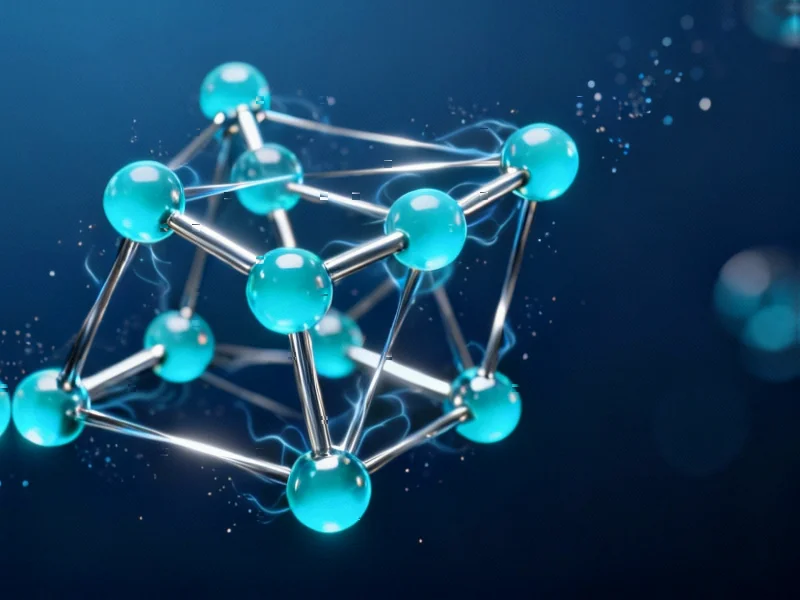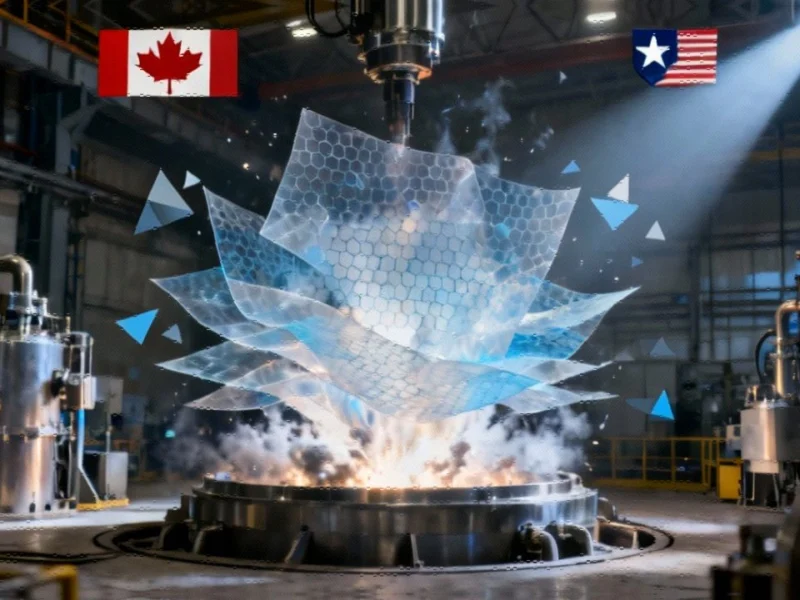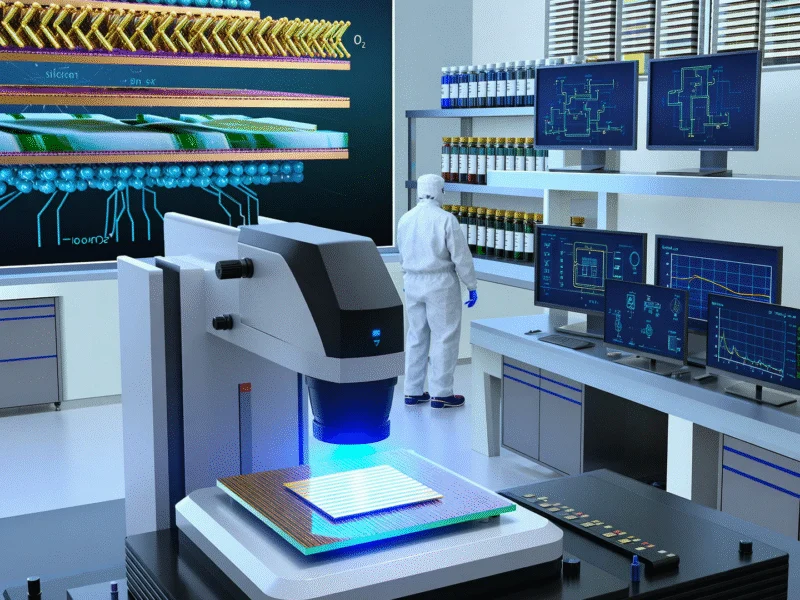Quantum Simulations Reveal Potential New States in Ultracold Molecular Matter
Advanced computational models suggest ultracold polar molecules can form previously unseen self-bound states, including superfluid membranes and 2D crystals. These findings, based on realistic experimental parameters, may soon be testable in laboratory settings.
Breakthrough in Quantum Material Predictions
Recent simulations indicate that ultracold polar molecules could form novel strongly correlated states of matter, according to research published in Physical Review Letters. Scientists from TU Wien and the Vienna Center for Quantum Science and Technology reportedly used advanced computational methods to model behaviors in Bose-Einstein condensates (BECs) of polar molecules, which were first experimentally realized in 2023. The study suggests these systems may self-organize into quantum droplets, superfluid layers, and crystalline structures without external confinement.




